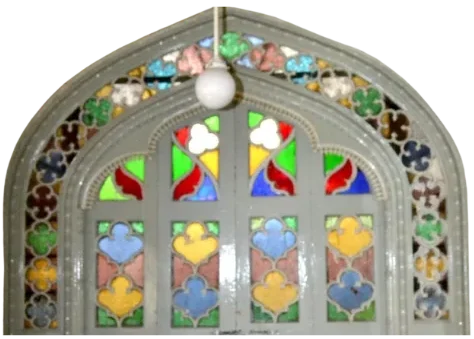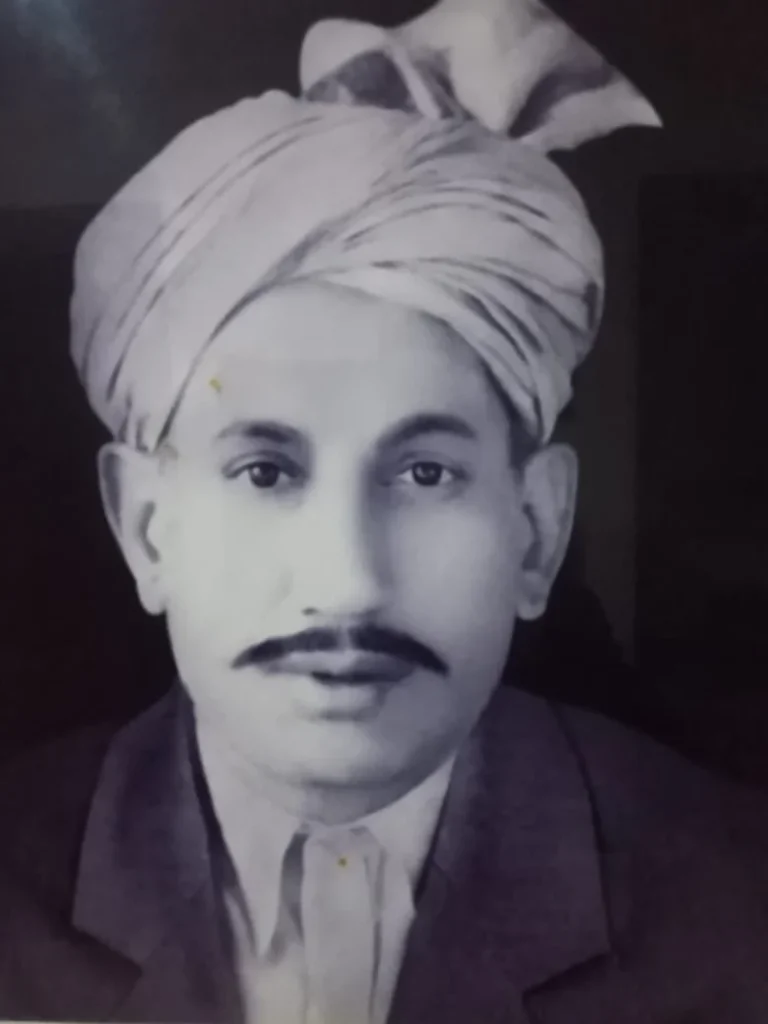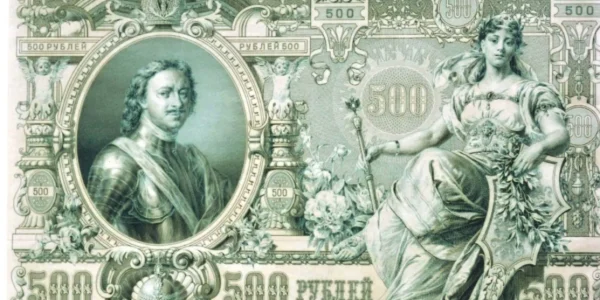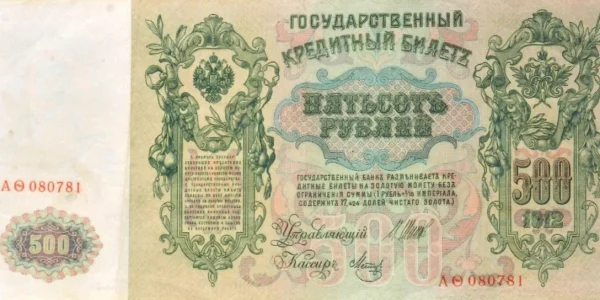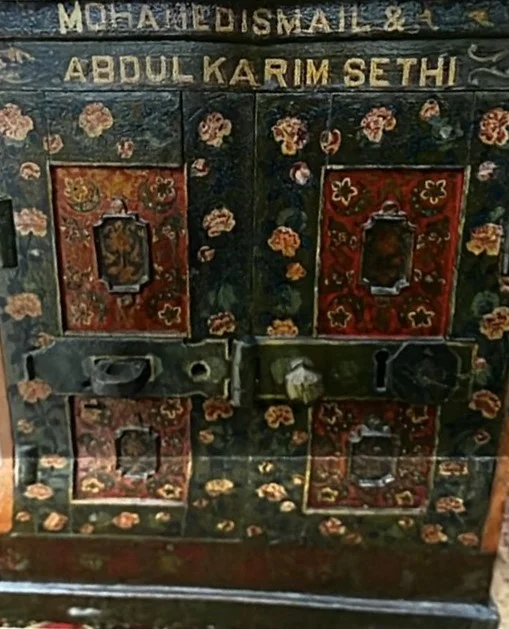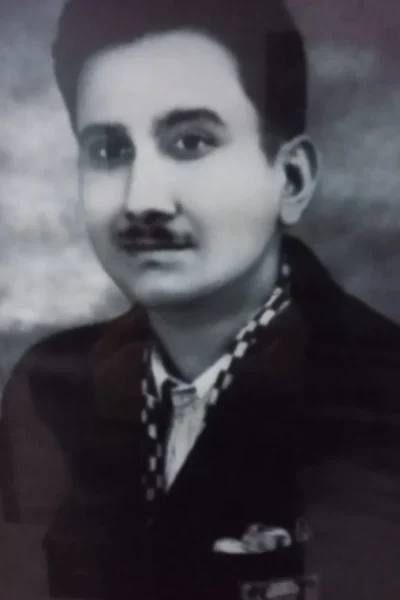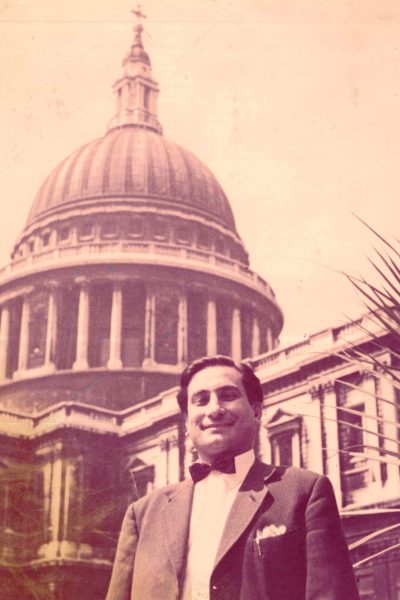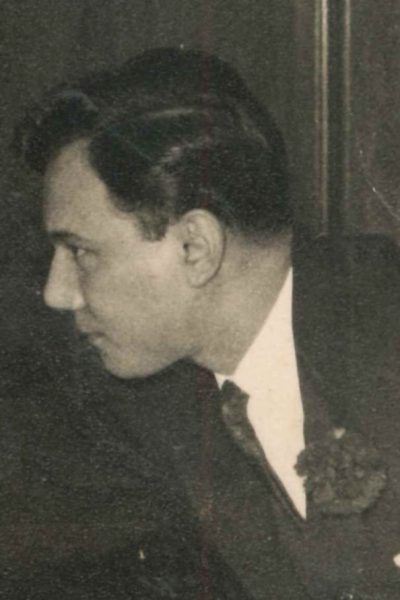Haveli Mian Abdul Karim Sethi
Sethi Street, Bazar Kalan, Peshawar
Haveli Mian Abdul Karim Sethi
It was constructed in the later half of the 19th Century. It is the corner house facing Bazar Kalan and the first — at the entrance of the famed Sethi residences.
The family operated their business under the name ‘Muhammad Ismail Abdul Karim Sethi’, renowned trading house dealt in International commerce with it’s headquarters in Peshawar, the business had it’s offices in Mazar-e-Sharif, Kabul, Bukhara, Andkoi, Tashkent. Trade representatives were in Qashirgham, Shanghai, Delhi, Calcutta, and London. The firm dealt in fur, tea, and lambswool.
History
About Peshawar
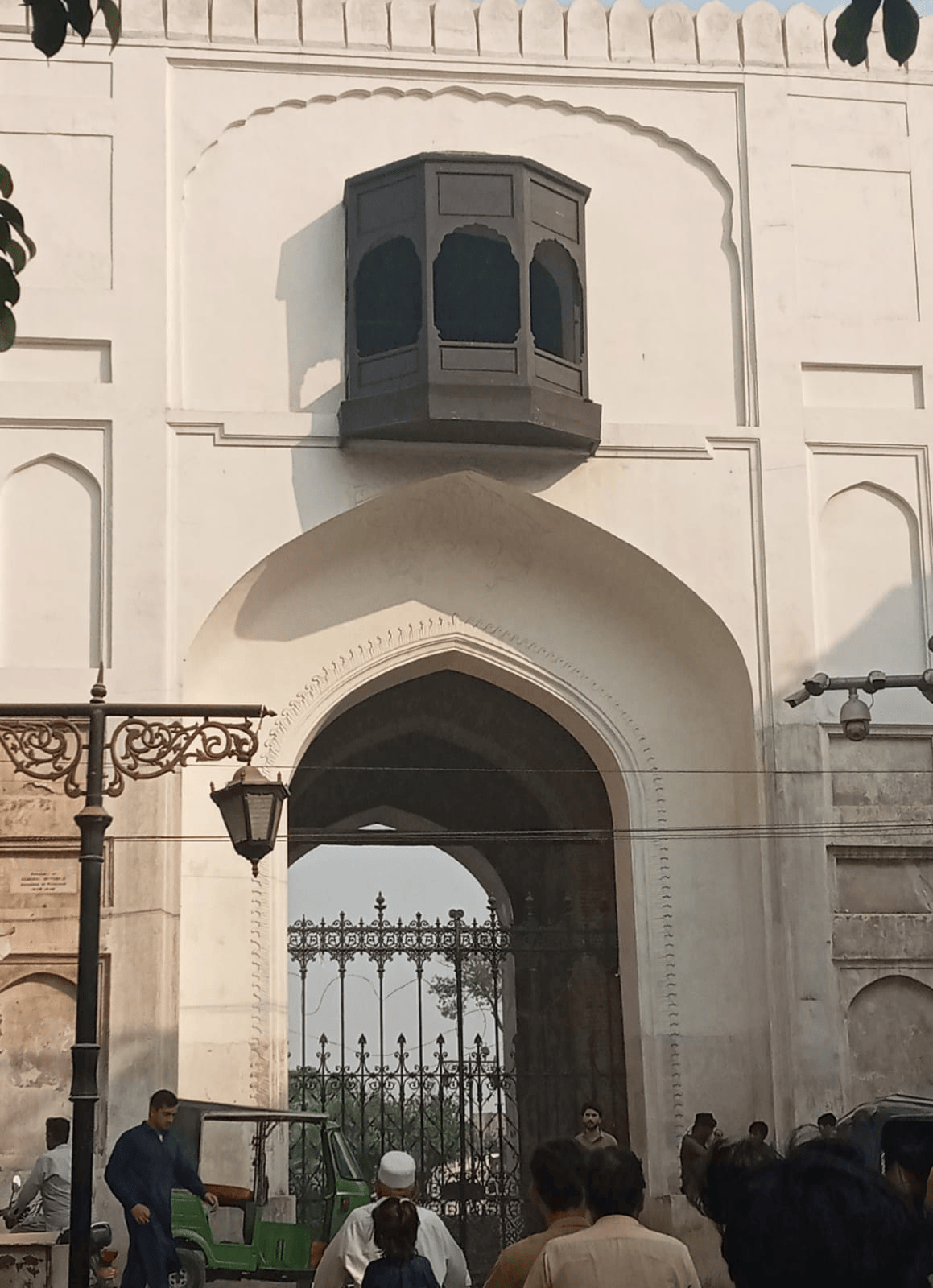 Peshawar is a ‘frontier’ town, the meeting place of South Asia and Central Asia. It is the Oldest Living City in this part of Asia – a place where ancient traditions jostle with those of today, and where the bazaar in the Old Walled City has changed little in the last hundred years.
Peshawar is a ‘frontier’ town, the meeting place of South Asia and Central Asia. It is the Oldest Living City in this part of Asia – a place where ancient traditions jostle with those of today, and where the bazaar in the Old Walled City has changed little in the last hundred years.
Perched along an ancient caravan route, it earned the title “Crossroads of Asia,” where journeys from Turkestan, Persia, Arabia, Afghanistan, China, and India converged. Known as the “Melting Pot of Civilisations” and even the “Casablanca of the East,” Peshawar has long been a city of romance and intrigue, where centuries of trade, art, and tradition meet. This timeless allure, blending the rich legacies of empires and cultures, makes it a true gateway to Asia’s heart and spirit.
An important archaeological dig in the Old City at Gor Khatri has established that Peshawar is one of the earliest living cities in this part of Asia, inhabited continuously from the 4-6th century BC, when it was a province of the Persian Achaemenian Empire. From then onwards it was ruled in turn by the Mauryans, Greeks, Scythians, Kushans, Sasanians, White Huns, Hindu Shahis, Ghaznavids, Ghorids, Suri Afghans, Mughals, Durrani Afghans, Sikhs, and the British, before becoming Pakistan in 1947.
In ancient times, a circular mud wall was erected around the Old City to protect it from invaders and marauders. A total of sixteen gates were also built namely: Kabuli, Bajauri, Aasamai, Kutcheri, Rampura, Hashtnagri, Yakatoot, Kohati, Sarasia, Sirki, Thandi-khoi, Barzaqan, Ganj, Ramdas, Dabgari and Lahori Gate. Some city gates were named after the destinations they faced – Kabul Gate leading toward Kabul, and Lahori Gate toward Lahore. These names echo Peshawar’s historical, cultural, and commercial ties, rooted in its position along an ancient caravan route.
“As if out of some Arabian Nights story and resembling Kashgar and Shahrisabz, the old trading town of Peshawar bears an unmistakable imprint of Central Asia“
Splendors of Peshawar's Mohallah Sethian
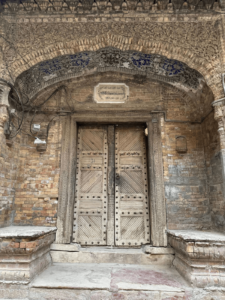 Deep in the old Walled City, Mohallah Sethian (or the Sethi Residential Complex), is a living monument to Peshawar’s grand past. It is an old residential complex comprising seven houses.
Deep in the old Walled City, Mohallah Sethian (or the Sethi Residential Complex), is a living monument to Peshawar’s grand past. It is an old residential complex comprising seven houses.
Its interconnected homes were built for the Sethi family, one of the leading business dynasties of the subcontinent. Great names such as Haji Ahmad Gul, Haji Karim Bakhsh Sethi, and Mian Abdul Karim Sethi, among others, constructed these homes over 150 years ago.
The Sethi dynasty once wielded a vast trading empire, with significant business ties spanning Europe, Central Asia, and Russia. But after the Russian Revolution in 1917 and the fall of Nicholas Il, the last czar of Russia, the family faced a devastating financial collapse. Their empire crumbled as heaps upon heaps of Central Asian and Russian currency— painstakingly stacked in basement vaults-lost all value overnight.
Red Revolution
Due to the Bolshevik Revolution of 1917 in Russia, most of the business families from this region returned to Peshawar — as the businesses conducted in Russian Roubals during Czar’s reign were demonetized. Mian Abdul Karim Sethi also returned to Peshawar in 1924.
The firm quickly adapted by entering into a trade agreement with the new Soviet government utilizing pre-settled payment mode.
Owned mansion and properties
The family owned mansion and properties in the following locations:
- Patakasare — Bukhara
- Poshkinisky oli ssa — Tashkent
- Nareman Isky Orissa – Tarmez
Family trade affairs post Bolshevic Revolution uptil 1947 are being compiled and will be shared soon. All documents related to the family business, properties, and correspondence have been preserved in their original form.
Afghanistan experienced severe political and social upheaval in 1929, when the popular king Amanullah Khan was overthrown by ‘Bacha Sakai’ – ‘The Bandit’ compounding this instability, the family main business partner, the USSR was also engulfed in The Great Depression which triggered a global economic downtown from 1930-1939. This double crisis of political chaos and economic crises created an exceptionally challenging environment for the family’s business endeavours.
After peace was restored in Afghanistan, the firm found its payments from the Russian government trapped in bureaucratic limbo. Two representations were made as Haji Mian Ismail Sethi personally visited Tashkent (USSR) to pursue the matter.
As parleys were in progress, World War II erupted and he was assured the issue would be taken afresh after the war. Following the conclusion, of the conflict, negotiations with the Soviet government resumed.
Close to our independence in 1947 while the negotiations were still in progress, Haji Mian Ismail Sethi passed away tragically in Mazar-e-Sharif. The only remaining family member, his wife, whom everybody lovingly called ‘Bi Hajyani’ returned to Peshawar.
The last office in the region closed down.
After Independence in 1947
From 1953-66, the family followed the matter with the Ministry of Finance, and the Ministry of Foreign Affairs, Government of Pakistan, and on their advice pursued it with the trade representative of the USSR, based in Karachi.
But due to the geo-political situation of the time, the efforts yielded no results. All the papers related to family business, properties and correspondence have been preserved in original form. Thereafter, the family lived together with their mother ‘Bi Umra’ – a Central Asian lady of rank from Bokhara.
The Journey Continues
Muhammad Yusaf Sethi
Late Muhammad Yusaf Sethi, the eldest son of Mian Abdul Karim Sethi, was the heart and soul behind the preservation of this haveli. His philanthropic vision for providing free health and education services, along with the recent efforts in partnership with the DOAM transform it into a public-private museum, reflects his enduring legacy.
Today, as we embark on this new chapter, we honor his noble wishes, and commit to carrying forward the values he championed, ensuring that the spirit of the Sethi family continues to enrich the community for generations to come.
2001 - 2021 – a period of two decades
The Sethi family of Peshawar has long been recognised for their philanthropic values and deeds, leaving a significant legacy of generosity that is well-documented. Since the early 2000s, the haveli inherited and owned by Muhammad Yusuf Sethi’s family has continued this tradition by serving philanthropic purposes.
The premises was home to an NGO providing Quranic education to local girls, as well as a medical unit offering outpatient services, X-ray, and ultrasound facilities for those in need Additionally, the haveli housed an academy focused on equipping young women with essential skills, including computer training, language classes, and vocational education. This ongoing commitment reflects the Sethi family’s enduring legacy of philanthropy in Peshawar.
Contact Us
Haveli Mian Abdul Karim Sethi © 2024. All Rights Reserved


